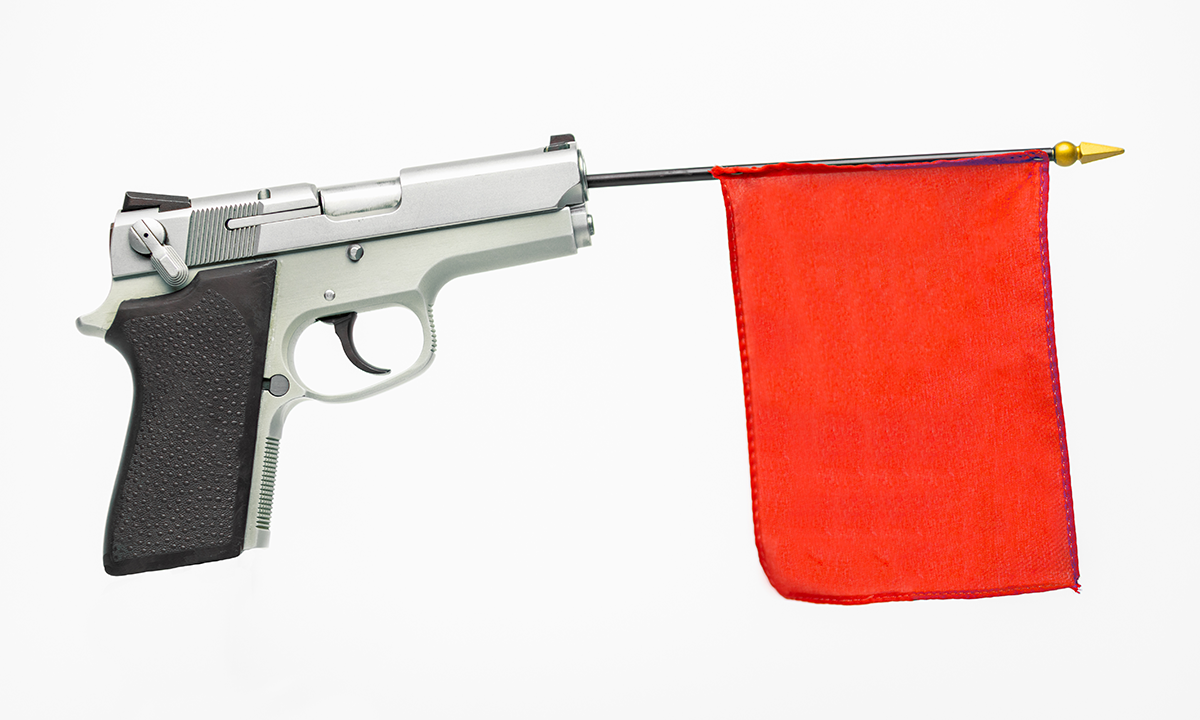Written By Greg Marchetto
California adopted Red Flag Laws in 2014, marking a drastic step towards gun control for the country. Ever since, thousands of guns have been confiscated from citizens, including a record 1,285 gun-violence restraining orders issued last year during the pandemic.
Ensuring firearms are in the hands of the right people is an issue that is largely bipartisan. The implementation of such a program, however, is a topic of much contention. Red Flag laws allow confiscation of firearms based on suspicion from neighbors, without solid evidence. As such, the law confiscates firearms without owners committing crimes. After a Gun Violence Restraining order has been issued, it could bar the owner of their constitutional right to own a firearm for up to 5 years, and they must spend their own resources fighting in the legal system for their rights. Thus, the constitutional basis of Red Flag Laws is murky at best. A core tenant of American law is that individuals are innocent until proven guilty. Red Flag Laws treat citizens as guilty, and then they must prove their innocence.
California AG Rob Bonta recently met with San Diego officials regarding the implementation of Red Flag Laws. Since the program launched, over 1000 firearms have been seized, with 37% of the total state’s gun restraining orders having been issued in San Diego. We typically don’t think of San Diego as one of the heavier gun-controlled cities. But in the last decade, Red Flag laws have dramatically shifted San Diego’s stance on the issue. As City Attorney Bonta says, “San Diego serves as a model of how cities and counties can use California’s red flag laws to prevent gun violence.”




